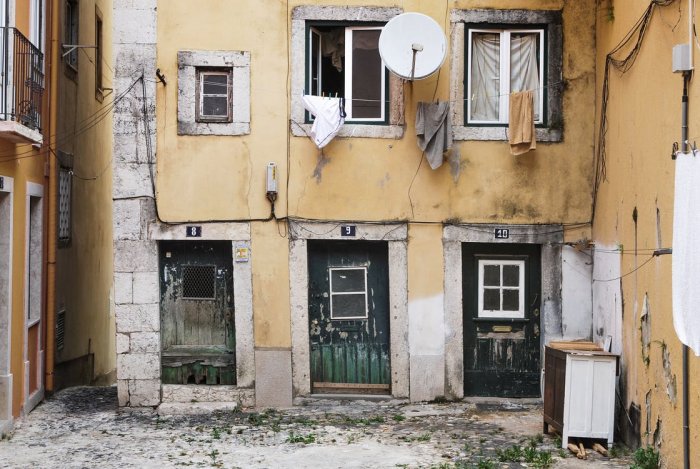One in five Hungarians still at risk of poverty, social exclusion

Image by Pexels
In 2017, there were 1.88 million people in Hungary who were classed as either poor or at risk of social exclusion, some 19.6% of the entire population, shows the latest summary of household living standards data published by the Central Statistical Office (KSH). The figure dropped by 6.0 percentage points compared to 2016.
In line with international standards, the KSH uses three sub-indicators to measure poverty: income poverty after social transfers; serious deprivation of material goods; and living in households with very low work intensity.
The KSH found that 10.2% of Hungarians were experiencing a serious deprivation of material goods, 12.8% were poor relative to incomes, and 4.1% were living in households with very few job opportunities. Categories could overlap, as some 1.2% of Hungarians, or 119,000 people, fell into all three groups at the same time.
Poverty levels peaked at 34.8% in 2012 in recent years. The ensuing decline, to 19.6% in 2017, reflects mostly the reduction in the share of those experiencing a serious deprivation of material goods, although poverty rates were down in all three sub-categories in 2017.
The data show that the risk of poverty is higher for children under 18 years of age, for single-parent households, for those with low educational qualifications, for the unemployed, and for members of the Roma (Gypsy) minority.
In 2017, some 23.8% of people younger than 18 were living in poverty, down from 31.6% in 2016. For those aged between 25 and 49, the proportion was 17.8% last year, while for those older than 65 it was 13.3%.
Around 13% of people in employment were poor or at risk of social exclusion in 2017, but the share among unemployed people was as high as 69.3%. These rates were a respective 6.1 and 3.8 percentage points lower than the previous year. Around 15% of pensioners were poor or at exclusion risk, down 4 percentage points compared to 2016.
A breakdown based on types of household shows that 40.0% of single-parent households were poor or at risk of exclusion, well above the 26.6% share of single households or the 20.6% share of households with children in 2017, but significantly down from the 52.8% share in the previous year.
In a breakdown by place of residence, 13.9% of people living in Budapest were poor or at risk of exclusion, while this rate was 14.7% for people living in county seats, 18.7% for residents of towns, and 26.5% for those living in smaller settlements.
Among the Roma minority, the share of people who were poor or at risk of social exclusion last year was more than three times the national average, at 67.8%, albeit still down from 75.6% in 2016.
SUPPORT THE BUDAPEST BUSINESS JOURNAL
Producing journalism that is worthy of the name is a costly business. For 27 years, the publishers, editors and reporters of the Budapest Business Journal have striven to bring you business news that works, information that you can trust, that is factual, accurate and presented without fear or favor.
Newspaper organizations across the globe have struggled to find a business model that allows them to continue to excel, without compromising their ability to perform. Most recently, some have experimented with the idea of involving their most important stakeholders, their readers.
We would like to offer that same opportunity to our readers. We would like to invite you to help us deliver the quality business journalism you require. Hit our Support the BBJ button and you can choose the how much and how often you send us your contributions.











